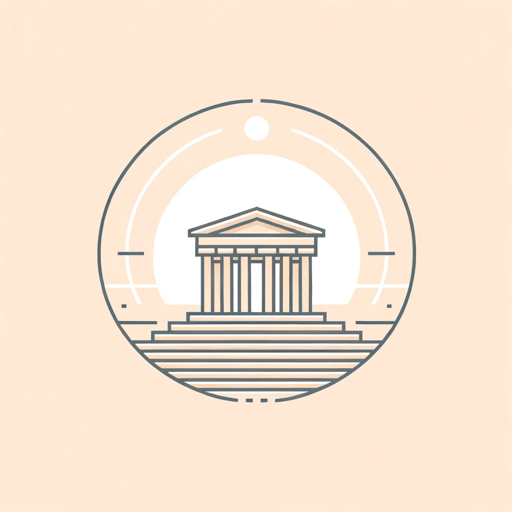43 pages • 1 hour read
Mircea Eliade, Transl. Willard R. TraskThe Myth of the Eternal Return
Nonfiction | Book | Adult | Published in 1949A modern alternative to SparkNotes and CliffsNotes, SuperSummary offers high-quality Study Guides with detailed chapter summaries and analysis of major themes, characters, and more.
Chapter 1, Sections 4-7Chapter Summaries & Analyses
Chapter 1, Sections 4-7 Summary and Analysis: “Archetypes and Repetition”
In “Repetition of the Cosmogony,” the fourth section of Chapter 1, Eliade initiates his discussion of repetition, another key element of archaic ontology. In the previous sections, Eliade articulates the construction of sacred places, whether the literal building of a temple or the symbol of the center. Now he articulates the creation of sacred times. Cosmogony is the study of the origins of the universe. In the present age, it is considered a branch of physics, a physical science. For archaic humanity, however, cosmogonies were myths of divine creation. In re-enacting such cosmogonic creation, archaic humanity does not, obviously, create the universe, but they do make “sacred time” (21). Eliade’s preferred term for “sacred time” is the Latin phrase in illo tempore. In sacred rites that imitate the cosmogonic actions of the gods (or God), archaic humanity is lifted into mythical time and away from the profane, everyday time of ordinary life.
In the next section, “Divine Models of Rituals,” Eliade develops the concept of the archetype. Archetypes are divine models, or paradigms. They are exemplary cases worthy of imitation and recreation. In this 







Related Titles
By these authors

